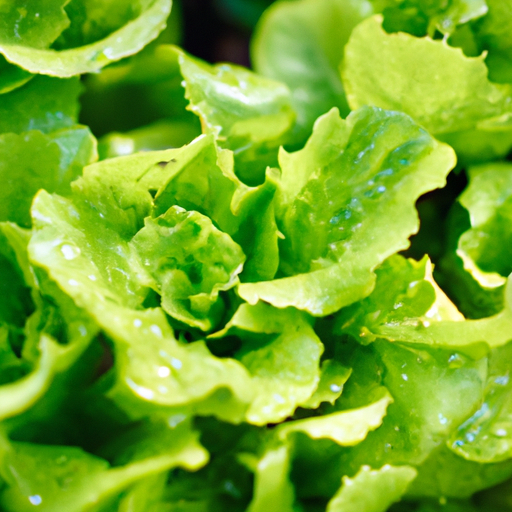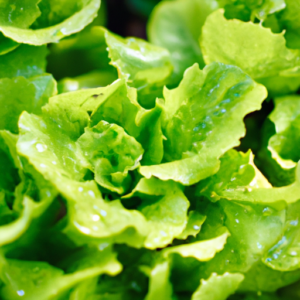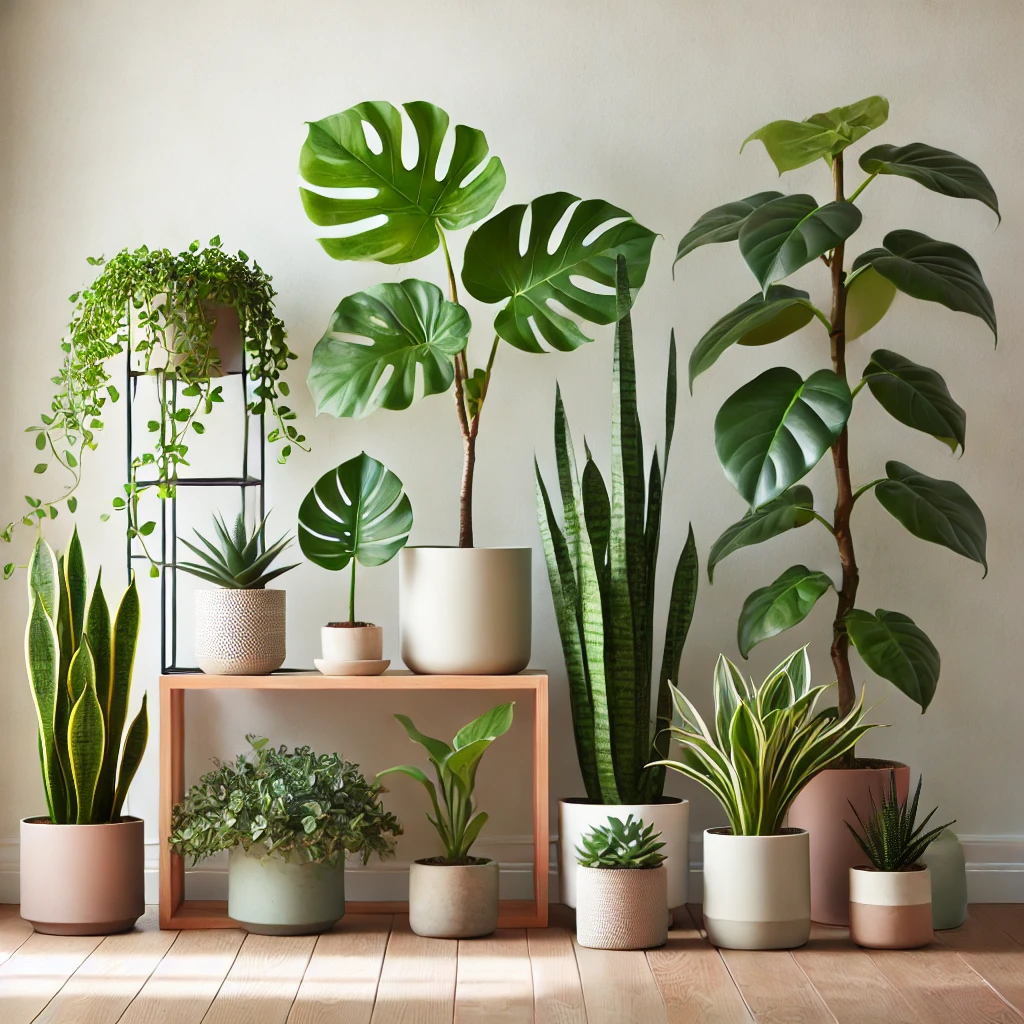Are you someone who loves the idea of having fresh, homegrown lettuce at your fingertips? If so, then “How To Grow Lettuce” is the perfect product for you. This comprehensive guide will provide you with all the information you need to successfully cultivate your own lettuce, whether you have a spacious backyard or a small balcony. With step-by-step instructions and valuable tips, this resource will help you unlock the secrets of growing your own crisp and vibrant lettuce, so you can enjoy it straight from your garden to your plate. Say goodbye to store-bought lettuce and say hello to the satisfaction of growing your own nourishing, delicious greens.
Choosing the Right Lettuce Variety
When it comes to choosing the right lettuce variety for your garden, it’s important to consider your preferred lettuce type. Lettuce comes in various types, including crisphead, butterhead, romaine, and loose-leaf. Crisphead lettuce varieties, such as Iceberg, form tight heads and are known for their crunchy texture. Butterhead lettuce, like Bibb or Boston, has a softer texture and forms loose heads. Romaine lettuce, such as Cos, has elongated leaves with a crisp texture. Loose-leaf lettuce varieties, like Red Leaf or Green Oak, do not form heads and have loose, flavorful leaves.
Along with considering your preferred lettuce type, you should also determine the growth habit you desire. Some lettuce varieties are better suited for compact containers or raised beds, while others thrive when given more space in the ground. Take into account the available space in your garden and choose a lettuce variety that fits your desired growth habit.
Another important aspect to assess is the time of maturity for the lettuce variety you choose. Some lettuce varieties mature faster than others, allowing for quicker harvests and a shorter growing season. If you’re looking for a quick harvest, opt for lettuce varieties with shorter maturity times. However, if you prefer a longer harvest window, select lettuce varieties with longer maturity times.
Selecting a Suitable Planting Location
Choosing the right planting location is crucial for the success of your lettuce crop. Start by evaluating the sunlight requirements of lettuce. Most lettuce varieties thrive in full sun, which means they need at least six hours of direct sunlight daily. However, in hotter climates, lettuce benefits from some shade during the hottest part of the day. Ensure you choose a location that provides the appropriate amount of sunlight for your chosen lettuce variety.
Proper soil drainage is another key factor to consider when selecting a planting location for lettuce. Lettuce prefers well-draining soil to prevent waterlogged roots, which can lead to root rot and other diseases. Avoid areas with heavy clay soil or spots prone to water accumulation. If necessary, improve soil drainage by incorporating organic matter or creating raised beds.
Additionally, consider the proximity of other plants when choosing a planting location for lettuce. Some companion plants, such as carrots, radishes, and herbs, can benefit lettuce by deterring pests or providing shade. However, avoid planting lettuce too close to taller plants that may shade or compete for resources. Proper spacing between plants is crucial for healthy growth and prevent disease spread.
Preparing the Soil for Lettuce Planting
Before planting lettuce, it’s essential to prepare the soil properly. Start by clearing the planting area of any weeds, rocks, or debris. Remove any existing vegetation to minimize competition for nutrients and water.
Next, loosen the soil to improve aeration and root penetration. Use a garden fork or a tiller to loosen the top few inches of soil. Avoid overworking the soil, as it can lead to compaction and drainage issues.
Amend the soil with organic matter to boost fertility and improve soil structure. Incorporate compost, well-rotted manure, or other organic materials into the soil. This will provide essential nutrients and enhance moisture retention while promoting beneficial microbial activity.
Starting Lettuce Seeds Indoors
Starting lettuce seeds indoors gives you a head start and ensures a longer growing season. Gather the necessary materials, including seed trays or containers with drainage holes, a sterile seed starting mix, and a spray bottle for watering.
Sow lettuce seeds in containers filled with a moist seed starting mix. Place two to three seeds in each cell or container, ensuring proper spacing. Cover the seeds with a thin layer of soil, following the recommended seed depth specified on the seed packet.
Provide appropriate germination conditions by placing the containers in a warm location with consistent temperatures between 60 to 70°F (15 to 21°C). Maintain soil moisture by misting gently with water using a spray bottle. Once the seeds germinate, thin out the weaker seedlings, leaving only the strongest one in each cell or container.
Directly Sowing Lettuce Seeds in the Garden
If you prefer to sow lettuce seeds directly in the garden, there are a few steps to follow for success. Prepare the soil by removing any weeds or debris and amending it with compost or organic matter.
Sow lettuce seeds at the right depth, typically around ¼ to ½ inch deep. Follow the recommended spacing mentioned on the seed packet, which varies depending on the lettuce variety. Gently cover the seeds with soil and pat it down lightly.
Provide adequate spacing between seeds and rows to prevent overcrowding and competition for resources. Proper spacing allows airflow between plants, reducing the risk of disease development. This also helps ensure sufficient access to sunlight and nutrients for each lettuce plant.
Watering Lettuce Plants
Proper watering is vital for the health and growth of lettuce plants. Establish a consistent watering schedule to provide a steady supply of moisture. Lettuce prefers soil that is evenly moist but not waterlogged.
Water lettuce evenly and deeply, ensuring the soil is thoroughly soaked. Avoid shallow and frequent watering, as it can result in shallow root development. Aim to keep the soil consistently moist by watering whenever the top inch of soil feels dry to the touch.
When watering lettuce, it’s best to avoid overhead methods like sprinklers. Wetting the leaves excessively can promote fungal diseases and increase the risk of foliar damage. Instead, use a soaker hose or water directly at the base of the plants to minimize foliage moisture.
Fertilizing Lettuce Plants
To promote healthy growth and productivity, lettuce plants require proper nourishment. Understand lettuce’s nutrient requirements to provide the necessary fertilization.
Lettuce benefits from a balanced fertilizer with a ratio of nitrogen (N), phosphorus (P), and potassium (K). Organic options like compost, well-rotted manure, or fish emulsion are excellent choices. Synthetic fertilizers specifically formulated for vegetables can also be used.
Apply fertilizers at appropriate times to avoid overfeeding or underfeeding. Prioritize fertilizing lettuce plants when they reach the four to six-leaf stage. Follow the manufacturer’s instructions for application rates and frequency.
Managing Weeds and Pests in Lettuce Garden
Weeds compete with lettuce plants for nutrients, water, and sunlight, so it’s important to implement weed prevention measures. Apply a layer of organic mulch, such as straw or wood chips, around the lettuce plants to suppress weed growth. Regularly inspect the garden for any weed intrusions and remove them promptly.
Identifying common lettuce pests is crucial for effective pest management. Common pests include slugs, snails, aphids, flea beetles, and cabbage loopers. Regularly inspect the plants for signs of pest infestation, such as chewed leaves, holes, or sticky residue. Handpick pests when possible or use organic pest control methods like neem oil, insecticidal soap, or companion planting with pest-repellent herbs.

Harvesting Lettuce
The time to harvest lettuce depends on the lettuce variety and your desired level of maturity. Monitor the lettuce plants closely to determine when they are ready for harvest.
For loose-leaf and some butterhead varieties, you can harvest individual leaves as soon as they reach a desirable size. However, if you prefer harvesting whole heads, wait until the lettuce forms a compact head.
To determine the correct harvesting time, gently squeeze the base of the lettuce head. If it feels firm and does not show signs of bolting or flowering, it is ready to be harvested. Use a sharp knife or scissors to cut the lettuce just above the soil level.
Storing and Using Fresh Lettuce
Once harvested, it’s essential to properly store lettuce for freshness. Clean the lettuce leaves thoroughly by rinsing them under cool running water to remove any dirt or debris. Gently pat them dry using a clean kitchen towel or a salad spinner.
To store lettuce, wrap the clean and dry leaves loosely in a paper towel. Place them in a plastic bag or an airtight container and store in the refrigerator’s crisper drawer. Properly stored lettuce can stay fresh for up to a week, retaining its crispness and flavor.
Incorporate lettuce in various dishes to enjoy its freshness and versatility. Add lettuce leaves to salads, sandwiches, wraps, or use them as a nutritious bed for grilled meats or vegetables. Lettuce can also be used in smoothies or juiced for a refreshing and healthy beverage.
By following these comprehensive guidelines, you can successfully grow and enjoy delicious lettuce from your own garden. Remember to choose the right lettuce variety, select a suitable planting location, prepare the soil, sow seeds, water and fertilize appropriately, manage weeds and pests, and ensure proper harvesting and storage. Happy lettuce gardening!

Lettuce Seeds
Explore Lettuce Seeds


